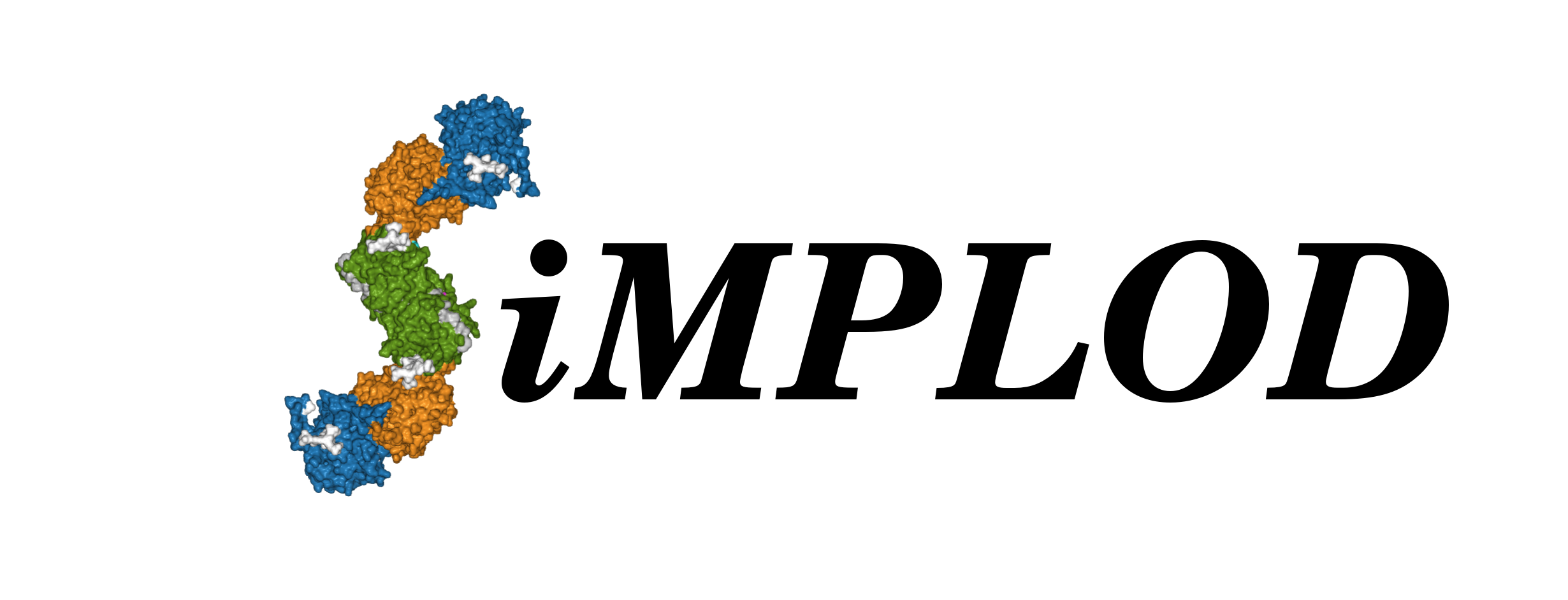 About
Contact
References
Structures
Adv. Search
Stats
Demo
About
Contact
References
Structures
Adv. Search
Stats
Demo
| LH2a ARG598HIS (LH2a) - ARG619HIS (LH2b) | ||
| SiMPLOD ID |
SiMPLOD2-229 | |
| Isoenzyme |
Lysyl Hydroxylase 2a (human) - UniProt - Full Info | |
| Nucleotide mutation |
PLOD2 NM_000935.2:c.1793G>A - NCBI RefSeq NCBI SNP: rs121434461 NCBI ClinVar: 7643 |
|
| Mutation type |
Pathogenic | |
| LOVD |
c.1856G>A | |
| Disease Phenotype |
Bruck Syndrome (Type II) Link1 Link2 | |
| Clinical Databases |
OMIM: 609220 Orphanet: ORPHA:2771 ICD-10: M21.8 MeSH: C537407 | |
| Evidence at protein level |
This variant MAY EXIST at the protein level, although no experimental evidence is currently available to support its existence. | References |
Ha-Vinh et al., 2004 - DOI - PubMed Hyry et al., 2009 - DOI - PubMed Puig-Hervas et al., 2012 - DOI - PubMed |
Notes from publications |
Ha-Vinh et al. first described in a patient with Bruck syndrome the homozygous G>A transition at position c.1793-1856 (PLOD2a-PLOD2b). This missense mutation cause the aminoacid substitution Arg598His (Arg619 in PLOD2b). Clinical analysis and biochemical properties of urines are also described. Hyry et al. performed expression and characterization of the recombinant mutant Arg598His. The protein was expressed but high molecular weight aggregates were present even in SDS-PAGE. Decreased affinity for the substrate peptide were shown and the lysyl-hydroxylase activity was below 5% of WT. (Please note that in this publication Arg594 refers to Arg 598 in this database). These findings are consistent with our structural observation and underline the importance of this residue in PLOD catalytic activity. |
| Structural Observations |
Forms a complex with 2-OG mimicking substrate Lys in metal ion-stabilized structures |
|
| Related Entries |
SiMPLOD1-47: LH1 ARG588LEU (Uncertain significance) SiMPLOD1-48: LH1 ARG588HIS (SNP) SiMPLOD1-327: LH1 delta586-634 (Pathogenic) SiMPLOD1-870: LH1 ARG588CYS (SNP) SiMPLOD1-871: LH1 ARG588GLY (SNP) SiMPLOD2-992: LH2a ARG598CYS (SNP) SiMPLOD3-620: LH3 ARG599TRP (SNP) SiMPLOD3-690: LH3 ARG599ARG (SNP) SiMPLOD3-691: LH3 ARG599SER (SNP) | |
| Last Update |
2021-06-23 08:38:51 | |
|
The three-dimensional visualization is currently based on the homology model of full-length, dimeric human LH2a (generated using the crystal structure of full-length human LH3 as template). You may select a different PDB model file to visualize the mutation(s) using the drop-down menu below (page will refresh): |
||
Thank you for using SiMPLOD - Created by Fornerislab@UniPV Follow @Fornerislab - Last curated update: 1970-01-01 00:00:00
We truly hate messages and disclaimers about cookies and tracking of personal info. But don't worry, we don't use any.